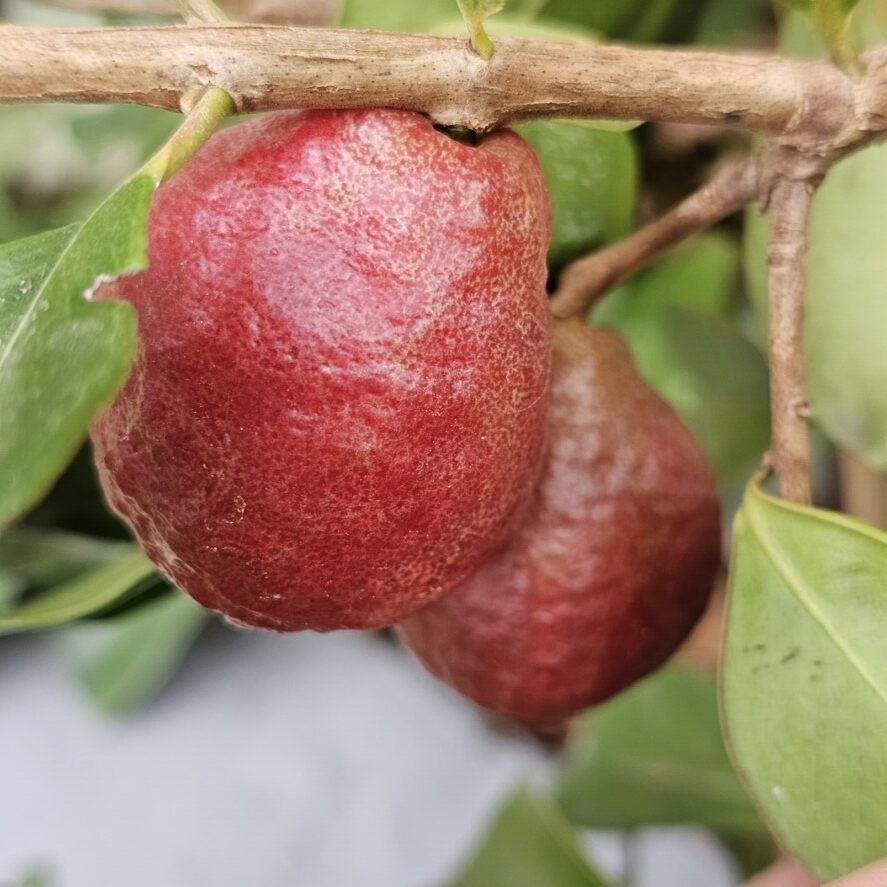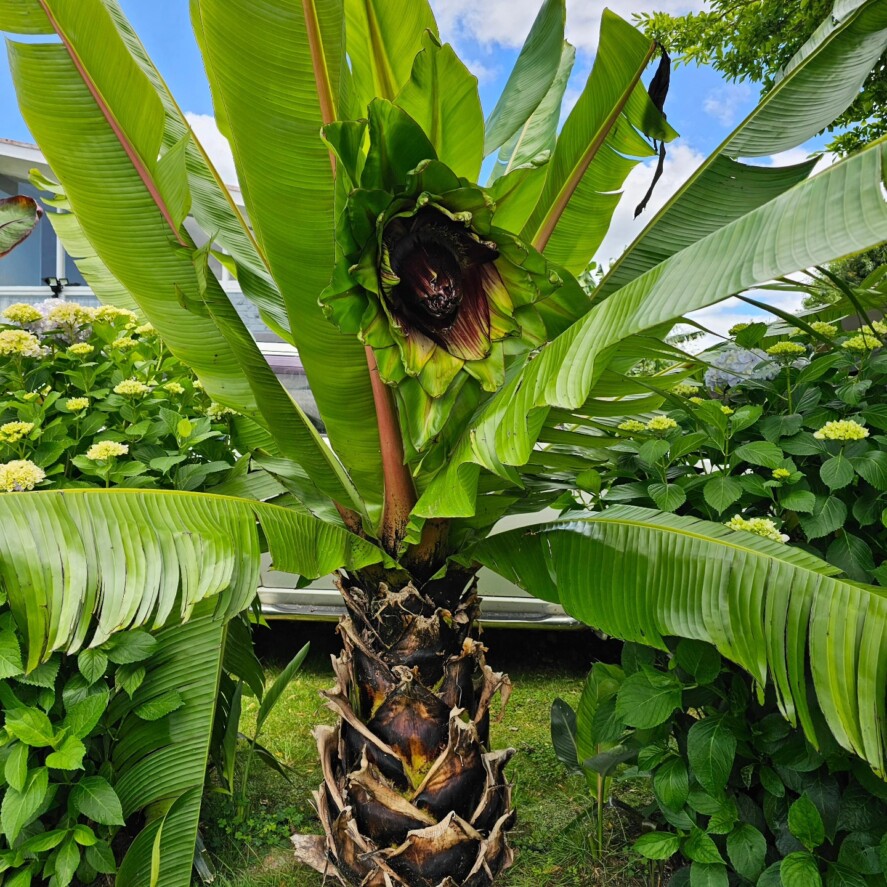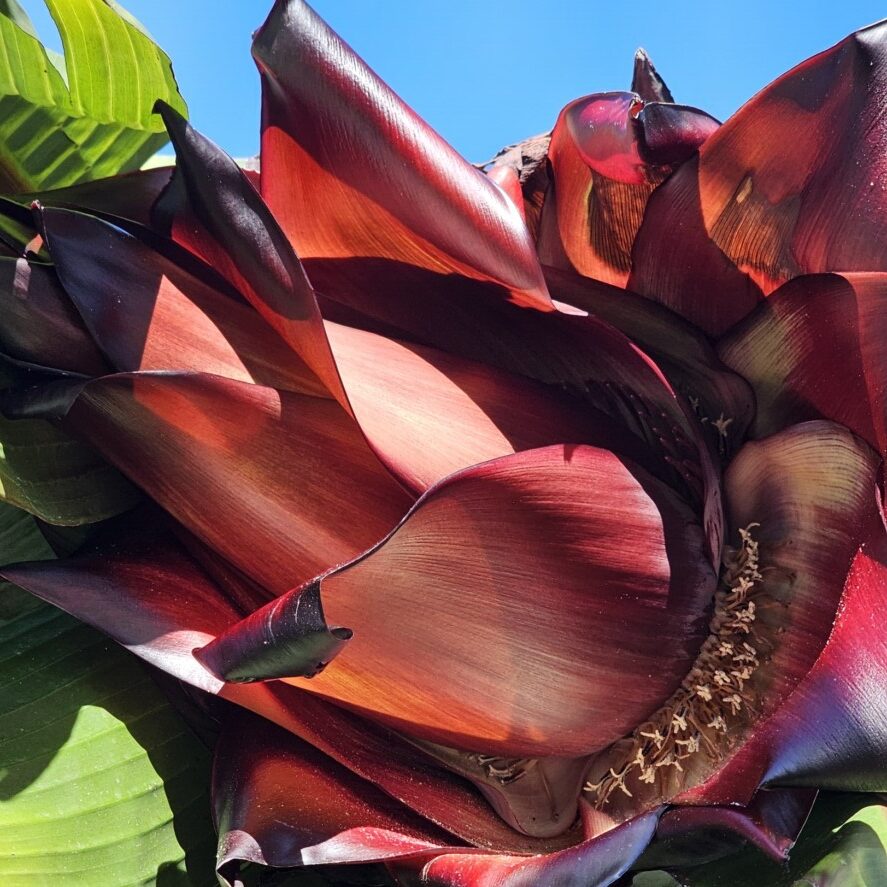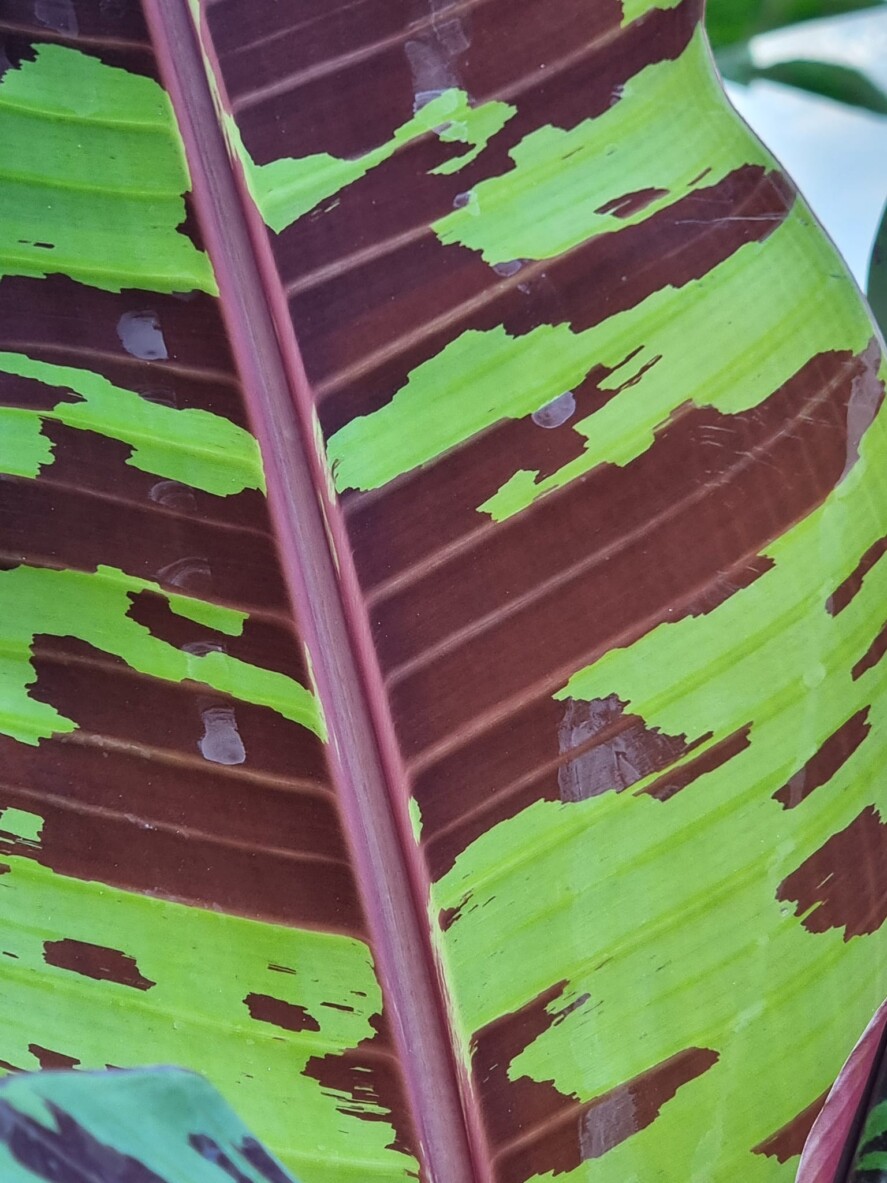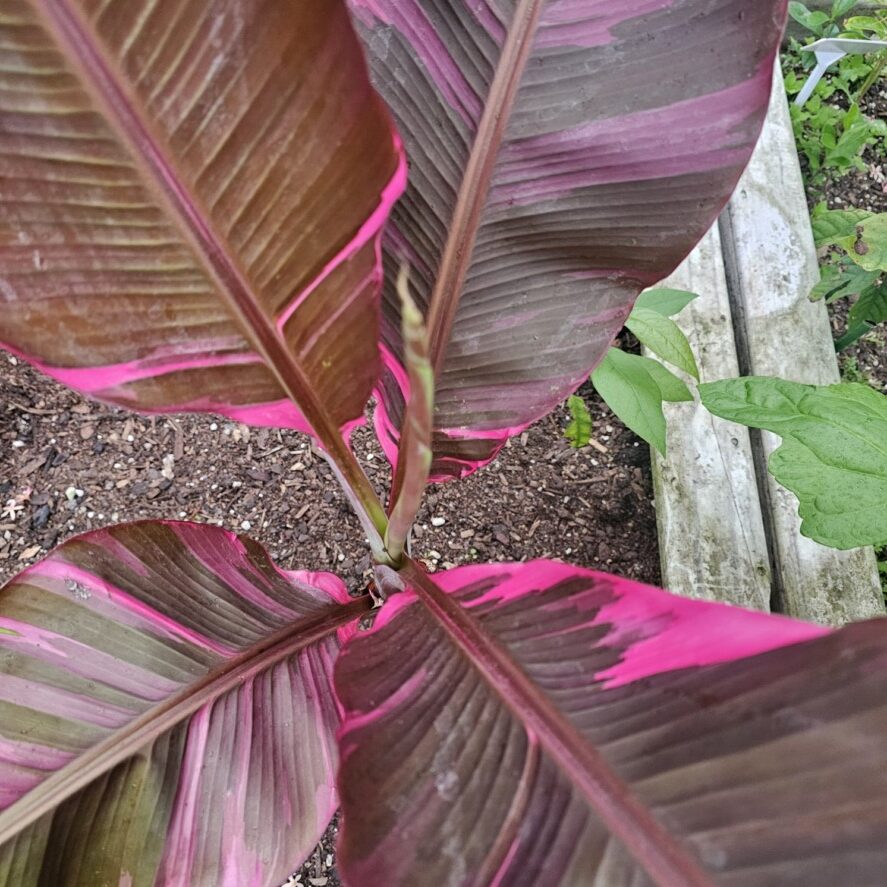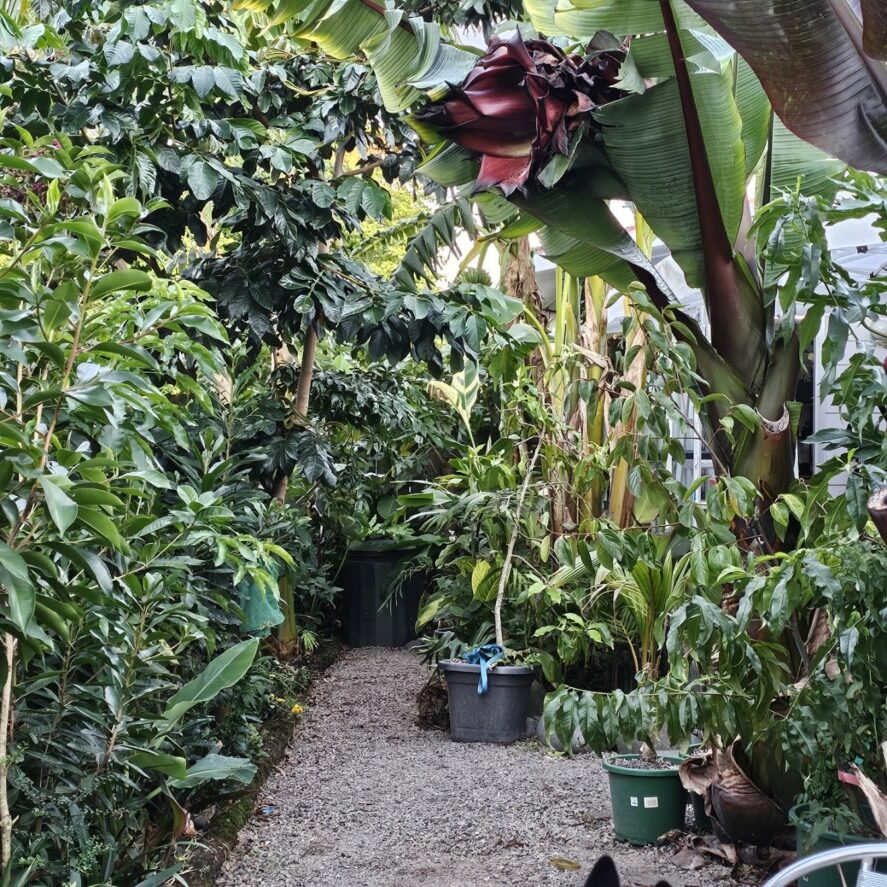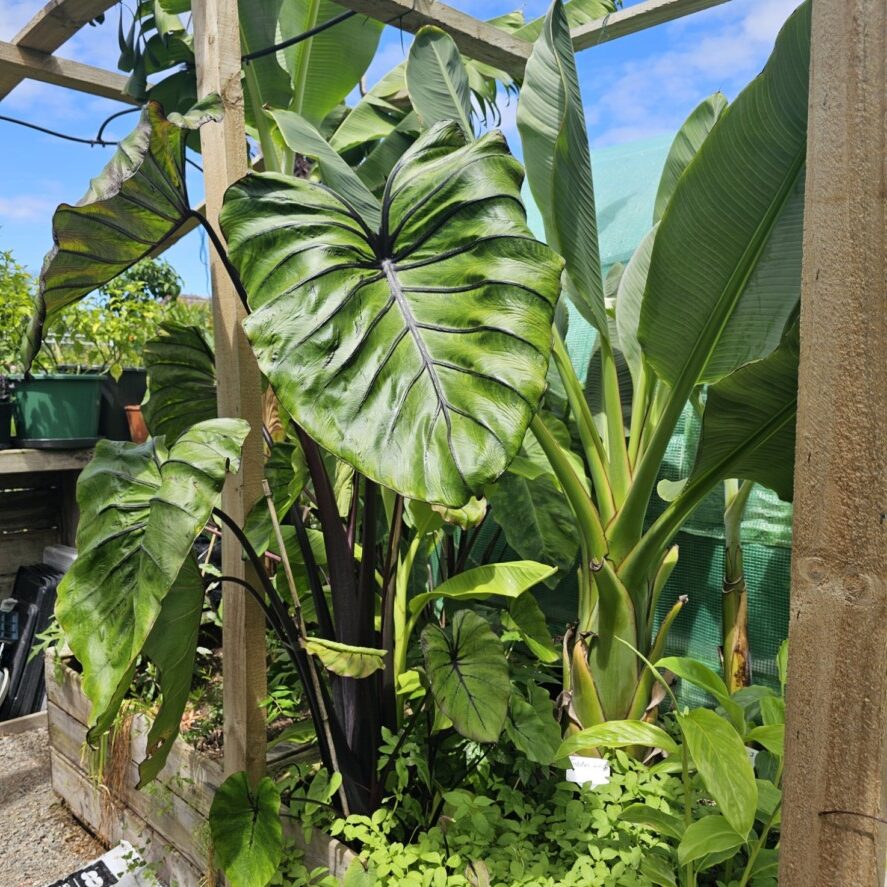-
Initiatives and Collaboration
- Events and Community Engagement
- Crop Swap Te Puke
- Food Resilience School NZ
- Food Forests of New Zealand (www.foodforests.nz)
- Nursery Map - Plant Suppliers of NZ Directory (www.nurserymap.nz)
- Te Puke Community Garden
- Te Puke Digital
- Te Puke Region Food Co-op
- TROPPO’s Food Forest in Te Puke, BOP (wwwfoodforest.org.nz)
- TROPPO's Nursery Directory
- Troppo’s Plant Collection
- Vector Group Charitable Trust (Umbrella)
Cactus 'Echinopsis Chamaecereus' (Peanut Cactus) – The Low-Maintenance Flowering Wonder
You’ll discover that the Cactus ‘Echinopsis Chamaecereus’, commonly known as Peanut Cactus, is an exceptional choice for both novice and experienced plant enthusiasts. This fascinating succulent not only captivates with its unique appearance and vibrant blooms but also thrives with minimal care. Native to the arid regions of South America, the Peanut Cactus is perfect for those seeking a stunning addition to their indoor or outdoor gardens without the added stress of demanding maintenance. Let’s probe into the world of this remarkable cactus and explore how you can cultivate and enjoy its beauty effortlessly.
Botanical Description
For those interested in the fascinating world of cacti, Echinopsis chamaecereus, commonly known as Peanut Cactus, is a remarkable species worth exploring. This enchanting plant belongs to the Cactaceae family and is native to South America. Characterized by its cylindrical, segmented stems that resemble peanuts, this low-maintenance cactus produces vibrant, tubular flowers that can add a splash of color to any indoor or outdoor garden.
Physical Characteristics
Between its distinctive green stems and its vibrant blooms, Echinopsis chamaecereus stands out in the cactus family. The stems are typically about 15-30 cm tall and feature small, ribbed segments adorned with fine spines. Its stunning orange, pink, or red flowers can reach up to 10 cm in diameter, creating a striking visual appeal that attracts both gardeners and pollinators alike.
Growth Patterns
After establishing yourself as a Peanut Cactus caretaker, you’ll quickly notice its unique growth habits. This species tends to develop a clustered appearance, as new stems sprout from the base, forming a compact and bushy plant. Under optimal conditions, it can flourish with minimal effort, typically growing in a clump formation that makes it ideal for pots or gardens.
In addition, Echinopsis chamaecereus thrives in well-draining soil and prefers bright, indirect sunlight. You can expect steady growth during the spring and summer months, with its flowering season typically occurring in late spring to early summer. With proper care, your Peanut Cactus can achieve its full potential, showcasing a delightful array of colorful blooms while maintaining its charming stature.
Natural Habitat and Distribution
There’s a fascinating world behind the natural habitat of the Echinopsis Chamaecereus, commonly known as the Peanut Cactus. Originating from the high-altitude regions of Argentina, this unique cactus thrives in rocky, arid environments where intense sunlight and minimal rainfall create the perfect conditions for its growth.
Geographic Origin
To understand the origins of the Peanut Cactus, you should know that it is native to the mountainous areas of Southern America, particularly in Argentina. This is where it developed adaptations that allow it to flourish in harsh conditions, making it a resilient addition to your collection.
Environmental Requirements
Geographic location plays a significant role in the Peanut Cactus’s environmental needs. You will find that it thrives best in well-draining soil, ample sunlight, and minimal humidity, mirroring its native habitat’s conditions. This cactus does well in temperatures ranging from 70°F to 85°F, making it an ideal choice for indoor and outdoor settings.
Hence, creating an optimal environment for your Echinopsis Chamaecereus is important for its health and growth. Positioning it in a bright location, ideally receiving several hours of direct sunlight while ensuring the soil drains well, will promote robust flowering and prevent root rot. During the dormant winter months, you should reduce watering to a minimum, allowing the plant to rest. By catering to these environmental requirements, you can enjoy the stunning beauty of this low-maintenance flowering wonder for years to come.
Cultivation and Care
It is necessary to provide the right conditions for your Echinopsis Chamaecereus, ensuring it thrives and flowers beautifully. This low-maintenance cactus requires minimal attention but benefits from basic understanding of its growing requirements, including soil composition, watering habits, and light conditions. By following suitable protocols, you can enjoy a vibrant and healthy Peanut Cactus all year round.
Soil and Potting Requirements
Below are guidelines for selecting the ideal soil and potting conditions for your Peanut Cactus:
| Soil Type | Recommendations |
|---|---|
| Well-draining cactus mix | Preferably with sand or perlite |
| Pot size | Choose a shallow pot for optimal growth |
| Drainage | Ensure the pot has drainage holes |
Watering and Humidity
Along with your cactus’ soil needs, proper watering and humidity play a significant role in its health.
Another vital aspect of caring for your Echinopsis Chamaecereus is maintaining appropriate watering schedules. During the active growing season, water your cactus thoroughly, allowing the soil to completely dry out before the next watering. In the dormant winter months, reduce watering significantly, as this plant can tolerate drought. Avoid overly humid conditions, as they may lead to root rot. Providing adequate airflow will help prevent moisture buildup around your cactus.
Light and Temperature Needs
Behind optimal growth is understanding the light and temperature requirements of your Peanut Cactus:
| Light Conditions | Temperature Ranges |
|---|---|
| Full sun exposure | Ideal range: 70°F to 85°F |
| Bright, indirect light in summer | Cold tolerance: minimum 30°F |
A well-lit environment promotes healthy growth and blooming. Ensure your Echinopsis Chamaecereus receives at least six hours of bright sunlight daily. In winter, place your cactus in a cooler area with temperatures that do not drop below 30°F. Just be cautious of extreme temperature fluctuations, as they might stress your plant. By meeting these light and temperature needs, you will encourage vibrant flowers and strong growth.
Propagation Methods
After establishing your Echinopsis Chamaecereus, you may wish to propagate new plants for your collection or to share with friends. This cactus species offers several easy propagation methods, making it a gardener’s delight. You can successfully achieve new plants through stem cuttings or by division of offsets, both of which require minimal effort and provide satisfaction as you watch new growth flourish.
Stem Cuttings
Around late spring or early summer, you can take stem cuttings from your Peanut Cactus. Select healthy, mature stems and carefully cut them using sterile tools to avoid any infection. Allow the cut ends to dry and callous for a few days before planting them in well-draining soil, ensuring they receive bright, indirect light as they establish roots.
Offsets Division
On the other hand, this cactus produces offsets, or pups, which can be easily divided from the main plant. These are small, new cacti that grow around the base of the mother plant. To propagate through offsets, gently remove these pups by twisting them off or cutting with a sterile knife. Be sure to allow the cut areas to callous over for a day or two, and then plant them in your preferred cactus mix for optimal growth.
To ensure successful offsets division, you should aim to separate the pups when they are at least a few inches tall. This ensures that they are strong enough to survive on their own. Provide them with well-draining soil and place them in a bright area with indirect sunlight. Water sparingly, allowing the soil to dry out between watering sessions, and soon you will see your new plants thriving alongside your original Echinopsis Chamaecereus.
Flowering Behavior
To truly appreciate the beauty of the Echinopsis Chamaecereus, you must understand its flowering behavior. This delightful cactus is known to produce vibrant, stunning flowers that bloom from the tips of its stems. Depending on the care you provide and the environmental conditions, you can witness an impressive floral display that brightens your space.
Blooming Season
Against popular belief, bloom times may vary based on the climate and care. Generally, you can expect your Peanut Cactus to flower during the warmer months, particularly in late spring to early summer. With proper sunlight and watering, your cactus will reward you with enchanting blooms that attract admiration.
Flower Characteristics
Behind each bloom of the Echinopsis Chamaecereus are unique and striking characteristics. The flowers are typically funnel-shaped, measuring around 2 to 4 inches in diameter and showcasing a range of vibrant colors, from reds to yellows, and even whites. The petals are often adorned with a delicate texture, lending an additional layer of elegance to their appearance.
Consequently, these flowers stand out not just for their colors but also for their ability to close up at night and remain closed on cloudy days. This behavior is a fascinating adaptation that helps them conserve moisture and energy when sunlight is scarce. You’ll find that as the blooms open wide during sunny days, they unveil the intricate details of their petals, making your gardening experience even more rewarding.
Common Problems and Solutions
All plants, including the resilient Echinopsis Chamaecereus, can encounter problems. Ensuring proper care and promptly addressing issues can keep your peanut cactus thriving. Pay attention to light exposure, watering frequency, and temperature changes to prevent most common afflictions. By staying vigilant, you can easily navigate any challenges that arise.
Pests and Diseases
Below are common pests and diseases that can affect your peanut cactus. Mealybugs, spider mites, and fungus gnats can invade, especially in humid conditions. Regularly inspect your plant for any signs of infestation, and treat pests promptly with insecticidal soap or neem oil. Fungal infections can occur from over-watering, so ensure your plant has proper drainage and air circulation.
Growing Challenges
Across different environments, you may face growing challenges that impact your Echinopsis Chamaecereus. Factors such as insufficient light, inconsistent watering, or extreme temperatures can hinder its growth. Understanding the specific needs of your cactus will greatly aid in avoiding these pitfalls and nurture a flourishing plant.
Hence, it’s vital to provide the right conditions for your peanut cactus to thrive. Aim for bright, indirect sunlight and allow the soil to dry out between waterings to mimic its native habitat’s arid conditions. Monitor temperature levels, ideally keeping them between 70°F to 85°F during the day and slightly cooler at night. Being attentive to these details will enhance your plant’s resilience and flowering potential.
Summing up
Summing up, the Echinopsis Chamaecereus, or Peanut Cactus, is an exceptional low-maintenance flowering plant perfect for your collection. Its unique appearance, vibrant blooms, and resilience make it a wonderful choice for both novice and experienced gardeners alike. You can enjoy it indoors or outdoors with minimal effort, allowing you to spend more time appreciating its beauty and less time worrying about care. By incorporating this delightful cactus into your space, you bring a touch of nature and color that enhances your environment effortlessly.

